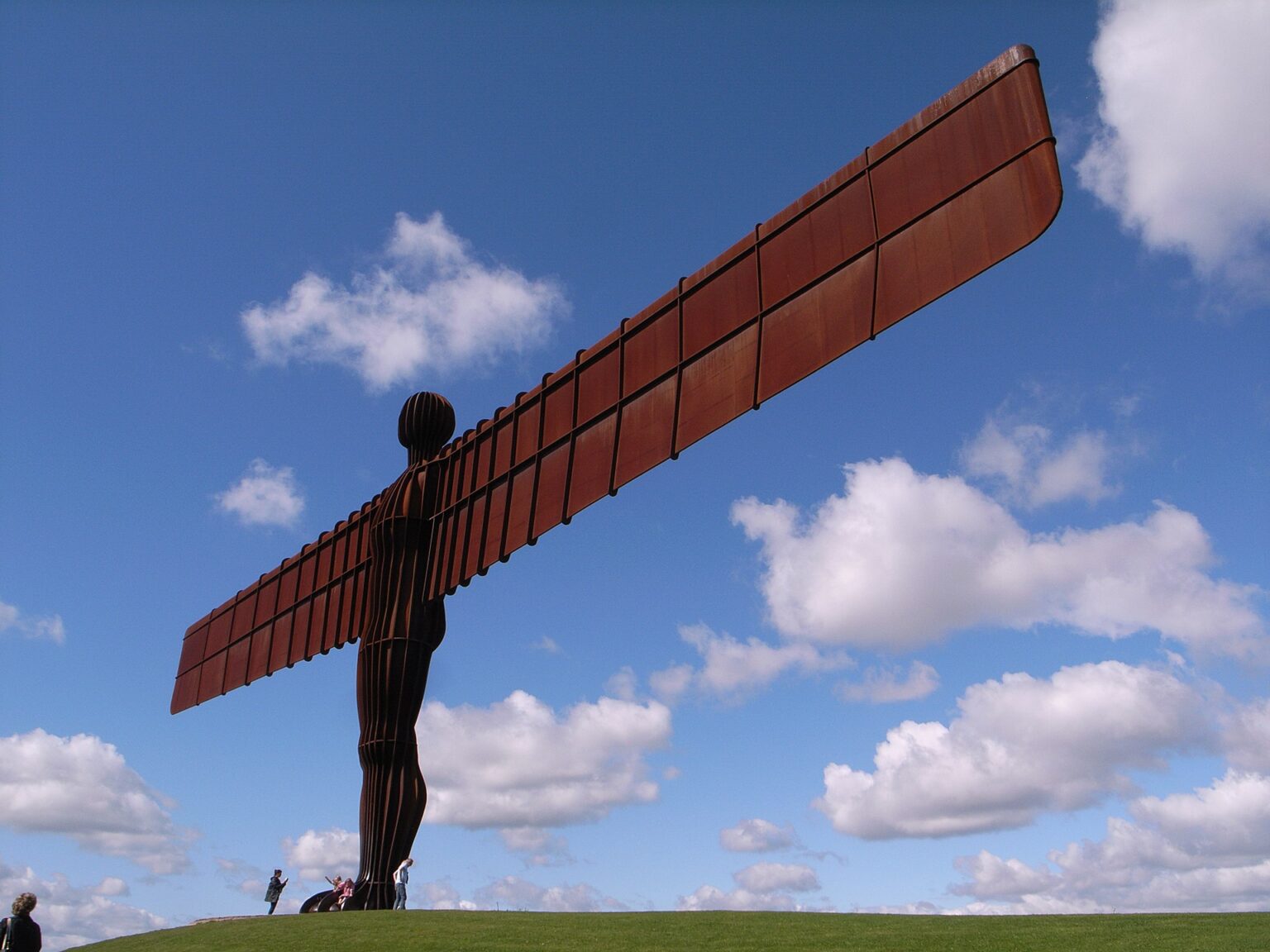The Body as a Site: Performing Identity in the Contemporary Gaze

Summary
This open toolkit guides learners on a 20-minute journey of identity exploration by observing Antony Gormley's sculptures, mapping their bodies, and creating embodied expressions. It helps learners discover the body as a living space that carries personal memories and social dialogue, enabling self-discovery from perception to creation without requiring any artistic background.
♠Learning Aims
· Understand the profound significance of the body as a vessel for identity formation· Acquire fundamental techniques for self-exploration through artistic methods
· Cultivate awareness of bodily sensations and emotional states
· Develop cognitive connections between personal experiences and socio-cultural contexts
· Create personally meaningful body maps and embodied expressions
· Conduct self-assessment of the learning process through structured reflection
♠How to Use This Toolkit
Please complete the following four steps in sequence:
Perceive → Map → Create → Internalise
· Time: Approximately 20 minutes
· Materials required: Paper, pen, an open mind
No artistic background is necessary—only a willingness to explore your inner self.
· There are no standard answers for each stage; your unique feelings are the best response.
♠A 20-Minute Journey of Self-Discovery
You will need:Bodily Narratives
An open heart,
a piece of paper,
a pen.
♠Step 1: Awaken | Dialogue with Your Body (5 mins)
Look at the image of Antony Gormley’s sculpture on the right. Then, close your eyes and
gently bring your attention back to yourself.
Actions:
1. Feel your breath: Notice how air enters and leaves your body, how your chest rises and
falls.
2. Scan your body: From your feet to the top of your head, gently observe sensations in each
part (warmth, tension, lightness, or weight?). There’s no need to change anything—just
notice.
There are no right or wrong answers. Whatever you feel is valid.
♠Step 2: Map | Draw Your Body Map (5 mins)
Quickly sketch the outline of a human body (it doesn’t have to be perfect) on your paper.
This will serve as a “map” of your personal story.
Actions:
1. Inside the outline, use colors, lines, symbols, or keywords to mark:
· A part that carries an important memory.
· An area that makes you feel strong or at ease.
· A part often judged by others’ gaze or social standards.
2. Express freely—no artistic skill required.
This map is private and belongs only to you. Be honest with yourself.
♠Step 3: Create | Shape Your Trace with a Pose (7 mins)
Now, set aside the paper and pen. Use your own body to create a “living sculpture” that
expresses your inner feelings.
Actions:
1. Find a posture: Stand or sit in a position that best expresses your current sense of self.
It could represent resilience, vulnerability, protection, longing, or any emotion you’re
experiencing.
2. Hold and feel: Hold this pose for 30 seconds. Notice the sensations in your muscles, bones,
and breath. What story does this posture tell?
3. Outline your “shadow”: Return to your paper and quickly sketch the silhouette or outline
of your pose. Alternatively, draw a simple symbol (e.g., a shield, a crack, a protective circle)
that captures the essence of your pose, and place it next to your body map.
You are not performing—you are expressing through your body. This “living sculpture”
is direct evidence of your existence.
♠Step 4: Internalize | Write Your Insight (3 mins)
Quietly observe the “body map” and the drawing or symbol representing your pose.
Action:
Complete the following sentence as a testament to your journey:
“When I exist in this posture, I feel ______.”
Remember this posture and feeling. Whenever you need it, you can return to this pose
to reclaim the strength and awareness of this moment.
♠Journey Complete:
You have finished a profound self-exploration. Carry this discovery gently into your life.
(By saw2th – https://www.flickr.com/photos/saw2th/5565045193/, CC BY-SA 2.0, https://commons.wikimedia.org/w/index.php?curid=115814370 )


